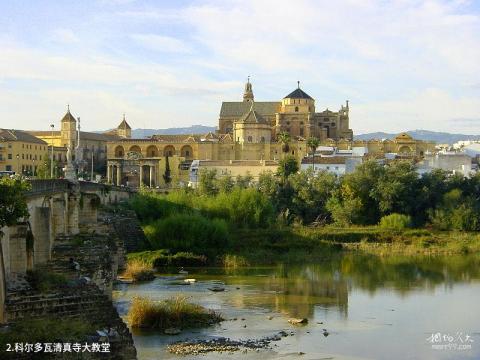
Introduction to the Mosque and Cathedral of Córdoba: Cathedral of the Assumption of Our Lady of Córdoba (Catedral de la Asunción de Nuestra Señora) is the Cathedral of the city of Córdoba (Catedral de Córdoba), also known as Cordoba. The Mezquita de Córdoba, a fusion of Moorish and Spanish styles, is one of the most extraordinary and sacred Islamic buildings in Spain.
The cathedral was originally built around 786 BC under the order of King Abdul Rahman I. It was later expanded by Rahman II and Al-Hakam II, reaching its peak during the period of Harriman III. . By 1236, the area of the temple had doubled compared to when it was first built, with a length of 180 meters and a width of 130 meters. It could accommodate more than 20,000 believers at a time to engage in religious activities. Its size was comparable to the great mosques in Jerusalem and Mecca. Comparable.
The Spanish reoccupied Cordoba in the 13th century, and the Grand Mosque was converted into a Catholic cathedral in 1236. In the early 16th century, Bishop Alonso Manrique presided over the reconstruction project of the mosque on behalf of King Carlos V. Due to the project, nearly one-third of the stone columns and arches in the main hall were destroyed, and a Renaissance building was built in it. cathedral. However, the excessive damage to the original precious buildings aroused the dissatisfaction of King Carlos V. He said: "In order to build something that can be seen everywhere, you destroyed something that can never be recovered." . It is precisely because King Carlos stopped it in time that this great Islamic mosque can be maintained to this day, and therefore it has become a special building that allows Islamic culture and Christian culture to coexist.
